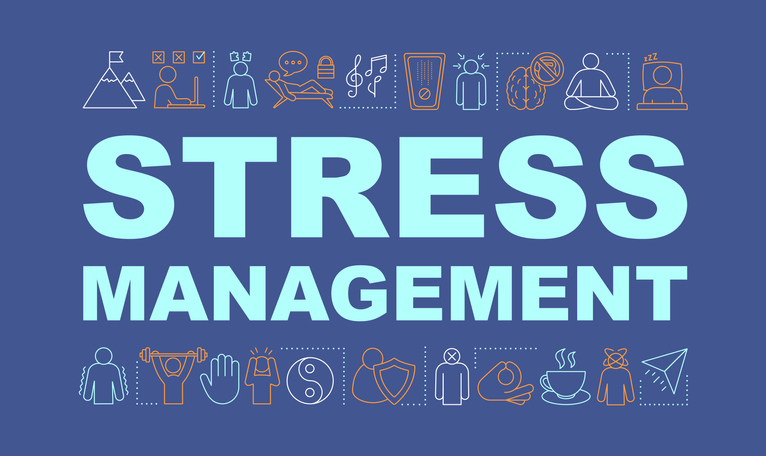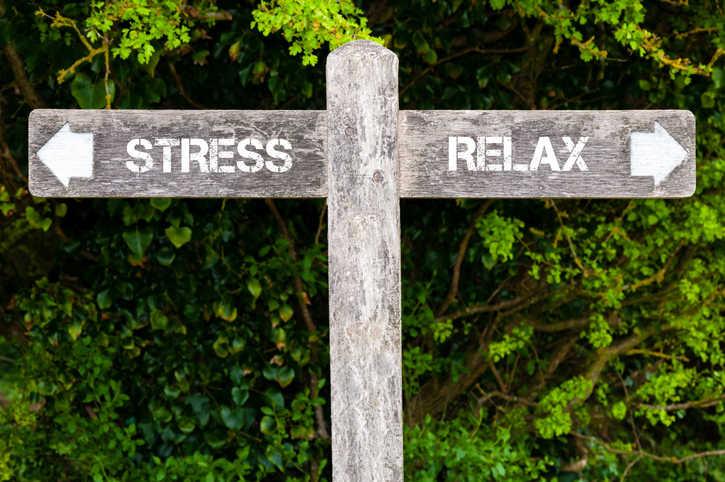Wellness
Physical Activity for Stress Management

When dealing with stress, it can be tempting to refrain from regular physical activity. This is particularly true when dealing with chronic pain, as activity limitations or an increase in pain levels may be of concern.
However, physical activity is an important part of stress management for various reasons.
Benefits of physical activity for stress management
- Aerobic activity reduces levels of stress hormones, such as adrenaline and cortisol. It also stimulates the production of endorphins, which improve mood and can even reduce the sensation of pain.
- Regular physical activity can increase self-respect, self-confidence, and other positive feelings.
- Physical activity can provide either solitude or socialization. Going for a walk can provide a much-needed break from a stressful environment. Attending a group fitness class or playing a team sport provide the opportunity to develop social support and friendships.
- Exercise is known as “muscular meditation” or “meditation in motion.” Rhythmic, repetitive motions, such as walking or swimming laps, clears the mind and releases tension.
- Physical activity improves sleep quality, which is often negatively affected by stress.
Physical activity levels and choices
Physical activity does not need to be intense or lengthy to experience these benefits. Even a short walk is beneficial.
For individuals with chronic pain, gentle activities, such as walking, swimming, chair exercises, or stretching, may be best. Physical activity is also not limited to traditional forms of exercise. Physical activities, such as walking around the house, going up and down the stairs, cleaning, doing laundry, gardening, dancing, or playing video games that require movement, are also beneficial. Selecting enjoyable activities that do not increase pain will make it easier to incorporate physical activity into a daily routine.


















